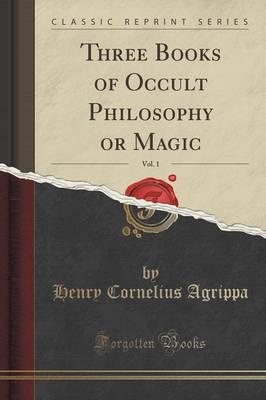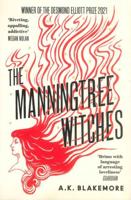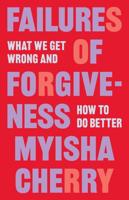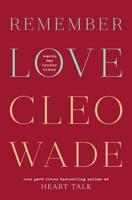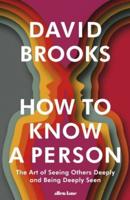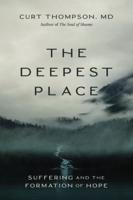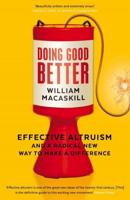Publisher's Synopsis
Agrippa Von Nettesheim was a counselor to Charles the fifth, Emperor of Germany and judge of the prerogative court. Throughout his life, he held a deep interest in the occult and magic, which led to writing a lengthy series of books on this topic. In the first volume of Three Books of Occult Philosophy or Magic, Von Nettesheim discusses a wide range of concepts in occult beliefs, mythology, and magic. And he has plenty to say: with 74 chapters of content, numerous illustrations to cultivate greater understanding of content, and a hefty index for curious readers, this book has the feel of a magic encyclopedia or reference book.
The book begins with a lengthy exploration of the life and magical contributions of Cornelius Agrippa, a magician from the 1500s. Von Nettesheim's respect for this man is blatant in his exploration of the mystic lore and elaborate system of magic Agrippa created. Both men share a deep interest in "natural magic" and this commonality drives much of the rest of the book. Von Nettesheim spends a tremendous amount of time exploring the key tenets of "natural magic" the connections between nature and the human mind; the connections between nature and the human body; and the connections between the human mind and the human body.
Three Books of Occult Philosophy or Magic, Vol. 1 explores an incredible world of myth and magic. It would be an interesting read for anyone intrigued by magic, the history of magic, occultism, Cornelius Agrippa, Natural Magic, or historical accounts from the nineteenth century. A powerful beginning to this series as Von Nettesheim establishes a great beginning to what promises to be an interesting and in-depth exploration of magic across several books.
About the Publisher
Forgotten Books publishes hundreds of thousands of rare and classic books. Find more at www.forgottenbooks.com
This book is a reproduction of an important historical work. Forgotten Books uses state-of-the-art technology to digitally reconstruct the work, preserving the original format whilst repairing imperfections present in the aged copy. In rare cases, an imperfection in the original, such as a blemish or missing page, may be replicated in our edition. We do, however, repair the vast majority of imperfections successfully; any imperfections that remain are intentionally left to preserve the state of such historical works.
